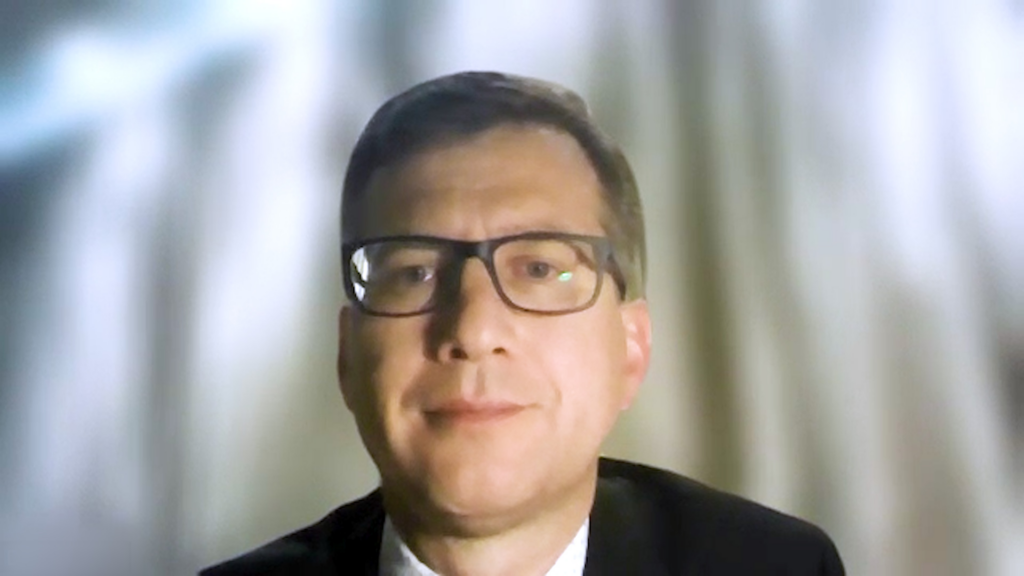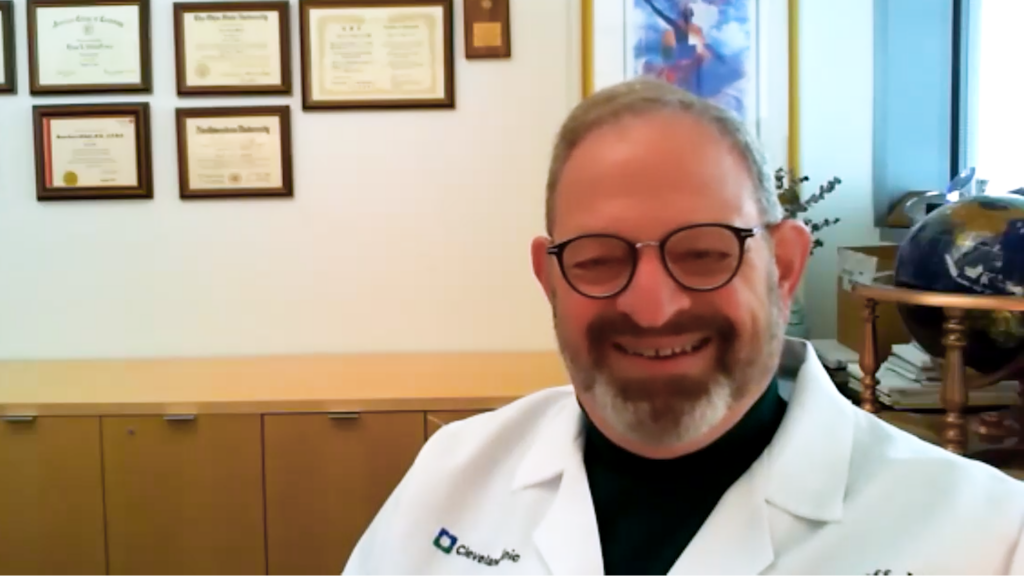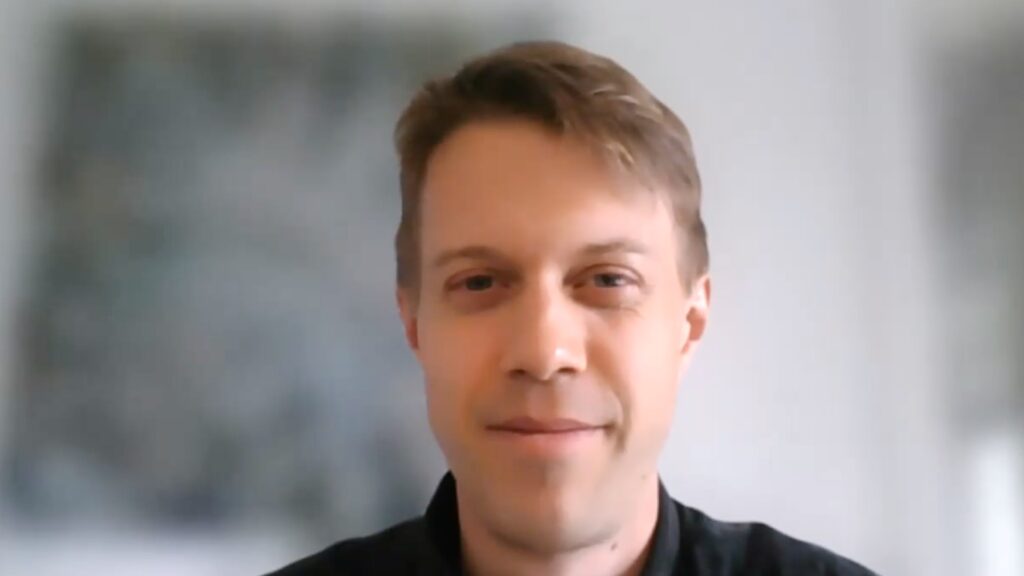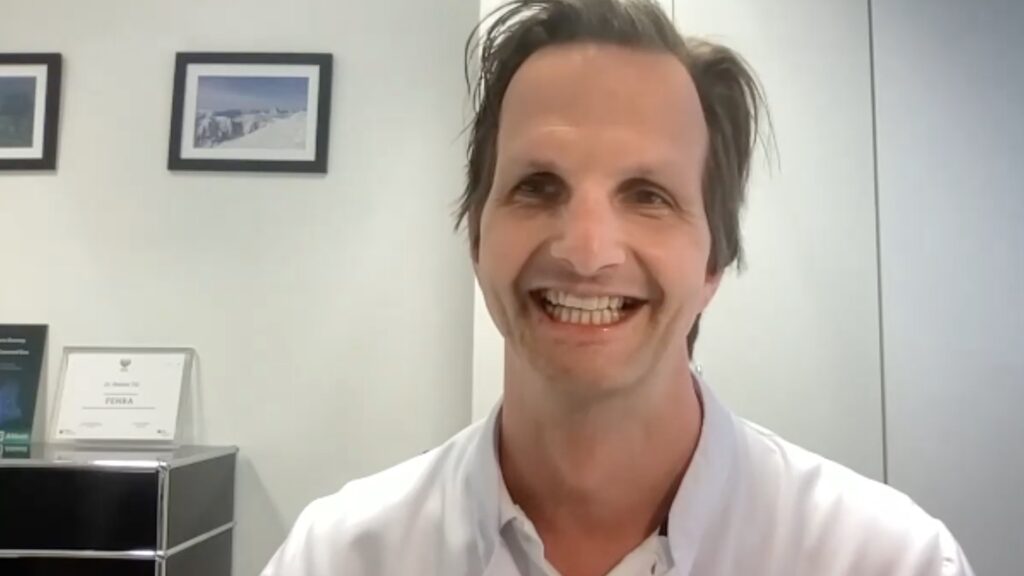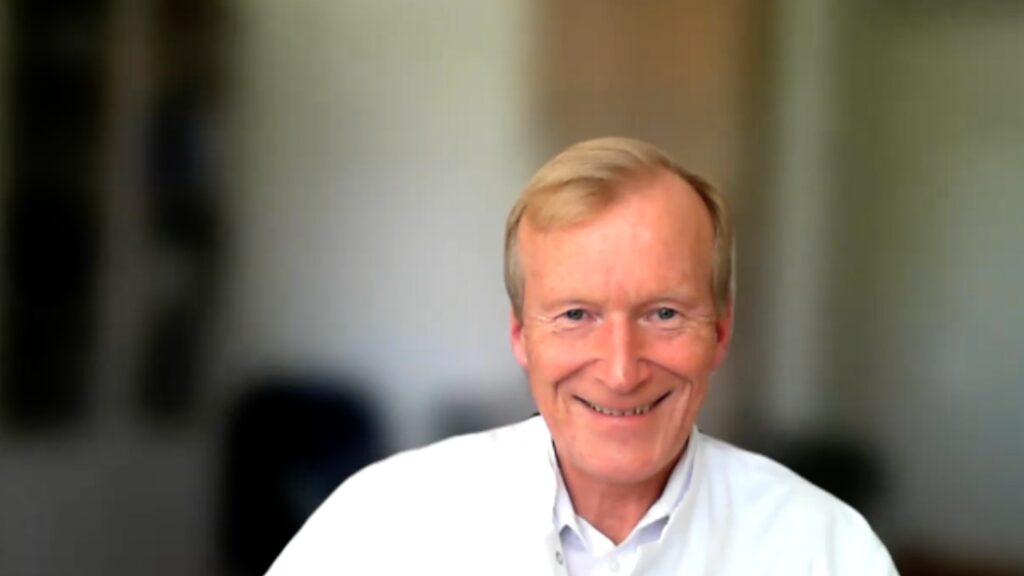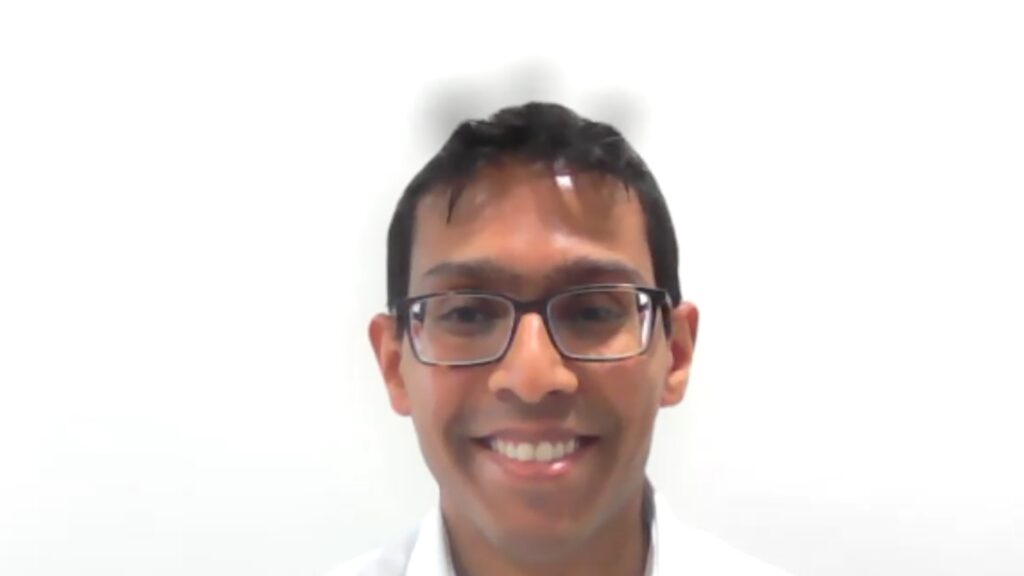Radiofrequency and cryoablation have been the standard treatment options for atrial fibrillation ablation in recent decades. A new energy source has recently received a CE mark showing promise for atrial fibrillation patients. In this touchCARDIO interview, we speak with Prof. Luigi Di Biase (Albert Einstein College of Medicine, Montefiore Health System, New York, NY, USA) to discuss the future of radiofrequency and cryoablation as well as the new energy source for atrial fibrillation ablation.
The debate entitled ‘RF and Cryo Will Continue to Have a Role in AF Beyond 2025’ took place at the Atrial Fibrillation Symposium, 2–4 February 2023.
Watch Prof. Luigi Di Biase’s thoughts on hot topics and key takeaways from AF Symposium 2023
Questions:
- What were the key takeaway points from the debate entitled ‘RF and Cryo Will Continue to Have a Role in AF Beyond 2025’? (0:17)
- Do you believe there will still be use of radiofrequency and cryoablation beyond 2025? (3:44)
Disclosures: Luigi Di Biase is a consultant for Biosense Webster, Rhythm Management and Stereoataxi, and has received speaker honoraria/travel funding from Atricure, Baylis, Biosense Webster, Biotronik, Boston Scientific, Medtronic, St. Jude Medical (now Abbott) and Zoll.
Support: Interview and filming supported by Touch Medical Media. Interview conducted by Danielle Crosby.
Filmed as a highlight of AFS 2023
Access more content on Atrial Fibrillation here
Transcript:
Hello I am Professor Luigi Di Biase from the Albert Einstein College of Medicine at Montefiore Health System in New York.
1. What were the key takeaway points from the debate entitled ‘RF and Cryo Will Continue to Have a Role in AF Beyond 2025’? (0:17)
I have been given a very difficult task by the organiser of the AFib symposium 2023, which was to debate the new comings, a big star in the field of atrial fibrillation ablation as it has been, you know, in charge of the consensus document since 2007 about the atrial fibrillation ablation. So the title in provocative is that beyond the 2025, why 2025? Because most likely after 2025 all the companies and the start up companies developing pulsed field ablation (PFA) will probably have FDA approval. Many companies already have a CE mark approval. And so the provocative point is will we still use radiofrequency and cryo? Well, I think if the promise of PFA is met in the clinical trial, I think radiofrequency ablation and cryoablation use will come to an end. Why? Because PFA is a non thermal energy source, which has the advantage of not potentially damaging the surrounding structures of the area that we need to ablate or destroy in the left atrium. Therefore, I feel that the absence of further complications, such as atrioesophageal fistula, the phrenic nerve injury and many others that could happen both with cryo and RF. So the elimination of life threatening complication with this energy source, I think will, be considered as a paradigm shift for atrial fibrillation ablation.
Atrial fibrillation ablation is an elective procedure where patients schedule the procedure to eliminate the problem. So in my mind, any complication that could be life threatening, is a huge limitation for the procedure that we currently have. And if a new energy source comes at the same efficacy, even a little lower, but without the risk of life-threatening complication, again, like atrioesophageal fistula, I think that this will be the energy source of choice for the future. Of course, I have to say, we do not know because the promises are not always maintained. Radiofrequency and cryo had to wait a lot of years and a lot of cases before life threatening complications appeared. So we are thinking that PFA do not have any life-threatening complication due to the delivery of the energy source, but I think we need more time and more trial. So if the promises are maintained, I think that after 2025, there will be limited role for this other technology.
2. Do you believe there will still be use of radiofrequency and cryoablation beyond 2025? (3:44)
For radiofrequency, probably there will still be a role because we do not have only atrial fibrillation, we have SVTs and other types of arrhythmias that may need radiofrequency energy. There will be a very limited role for cryoablation in my mind. Of course, 2025 is too close. Maybe we will have all the answers that we need. Maybe we will have a more limited data on different arrhythmias than atrial fibrillation. Maybe a few complications will arise by that time. And we have right now one complication that has emerged as a problem for PFA, which is stenosis of the coronary artery bypass response. This can be worrisome. Therefore, I am very excited about if the data we have today and the bench work is confirmed into clinical trial and we will go into market and that a reasonable OLE would follow, I think that will be almost an end for radiofrequency and cryo, but I still think that we need to wait a little bit longer.
What I’d like to say is that despite the new energy source, we should never forget all we learned in 25 years of radiofrequency and cryoablation. We need 3D mapping and we need all of the tools that we have, contact force and intracardiac echo and many others, to help us to do this procedure safely. Uninterrupted anticoagulation and the use of ultrasound for access for transceptor and for the monitoring of the procedure. Because all of these tools improve the overall success rate of the AFib ablation and that AFib ablation again is an elective procedure. We want no complication. But complications do not come only from the energy source that we utilize, but come also from access to cardiac manipulation and all of the information that we can have to avoid complication when you use the tools, that radiofrequency and cryo gave us, I think should never be forgotten.



